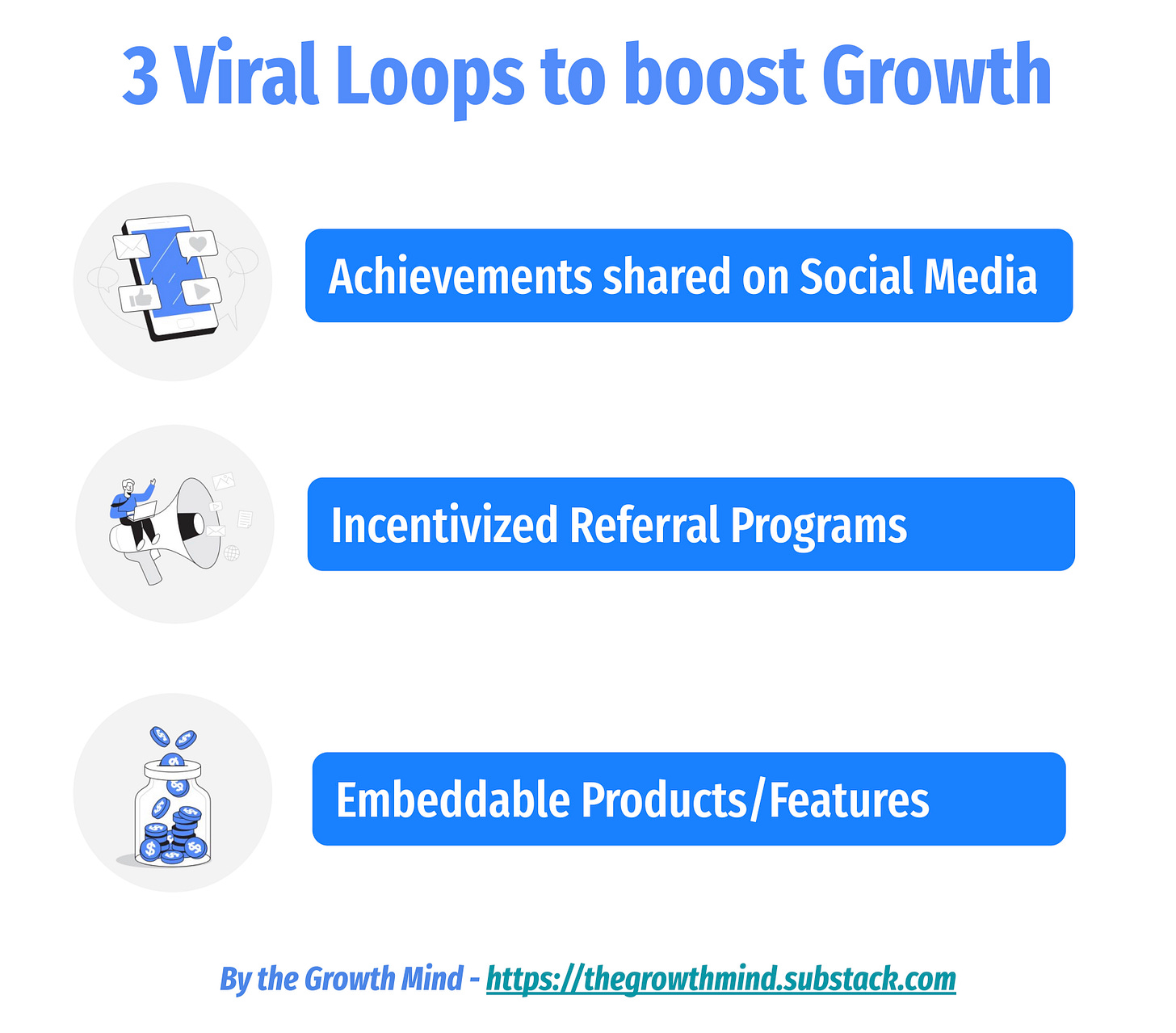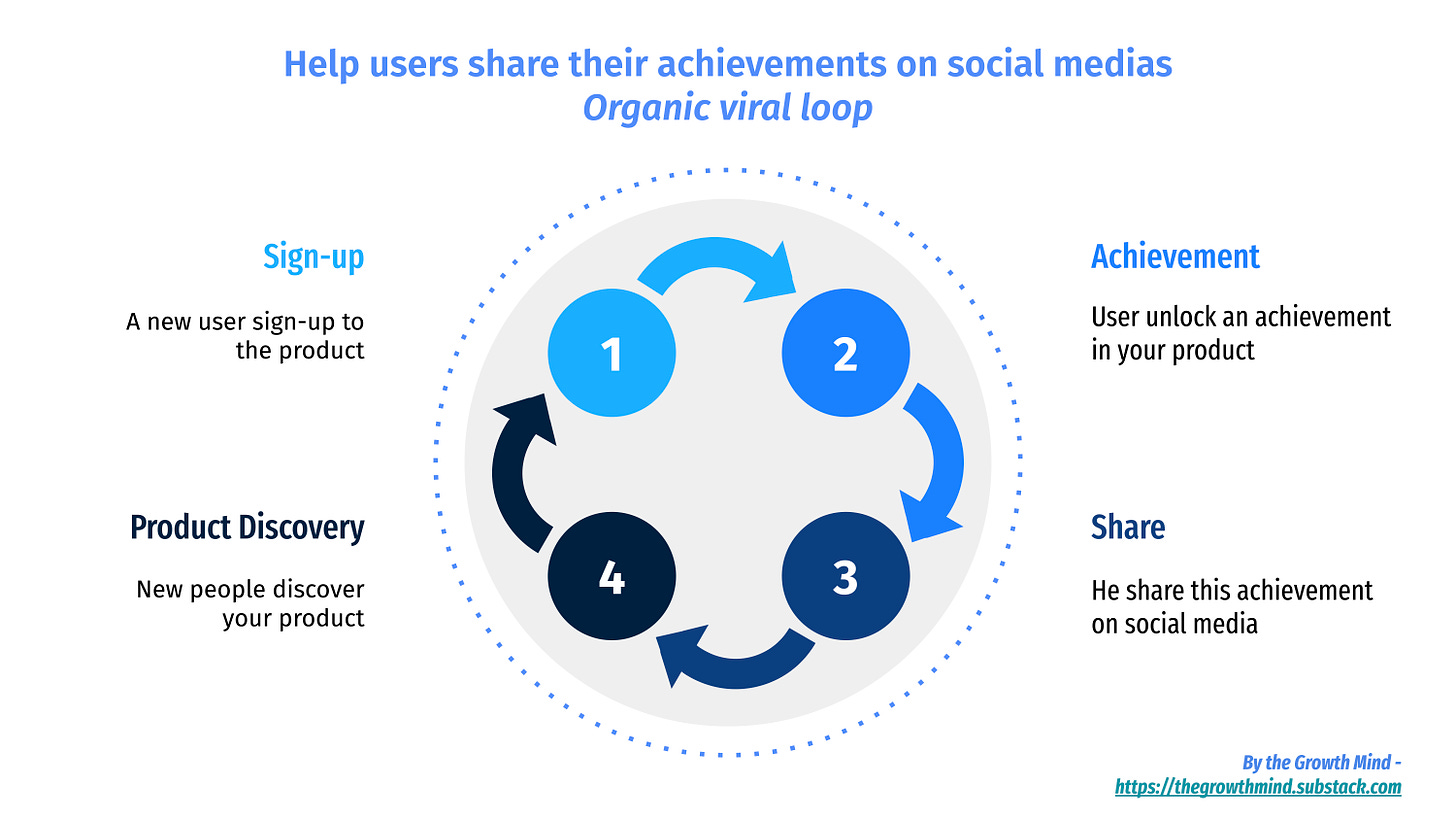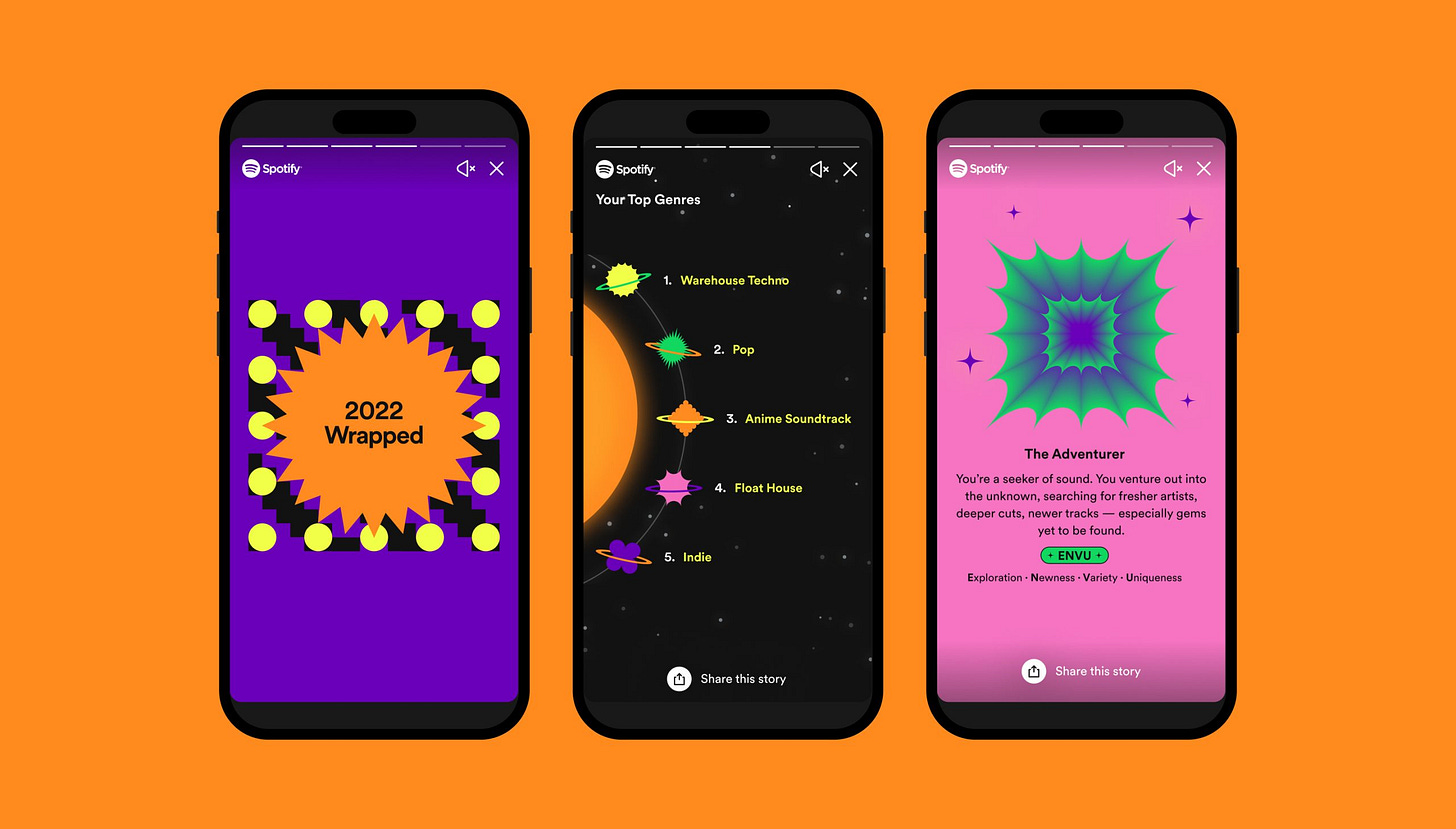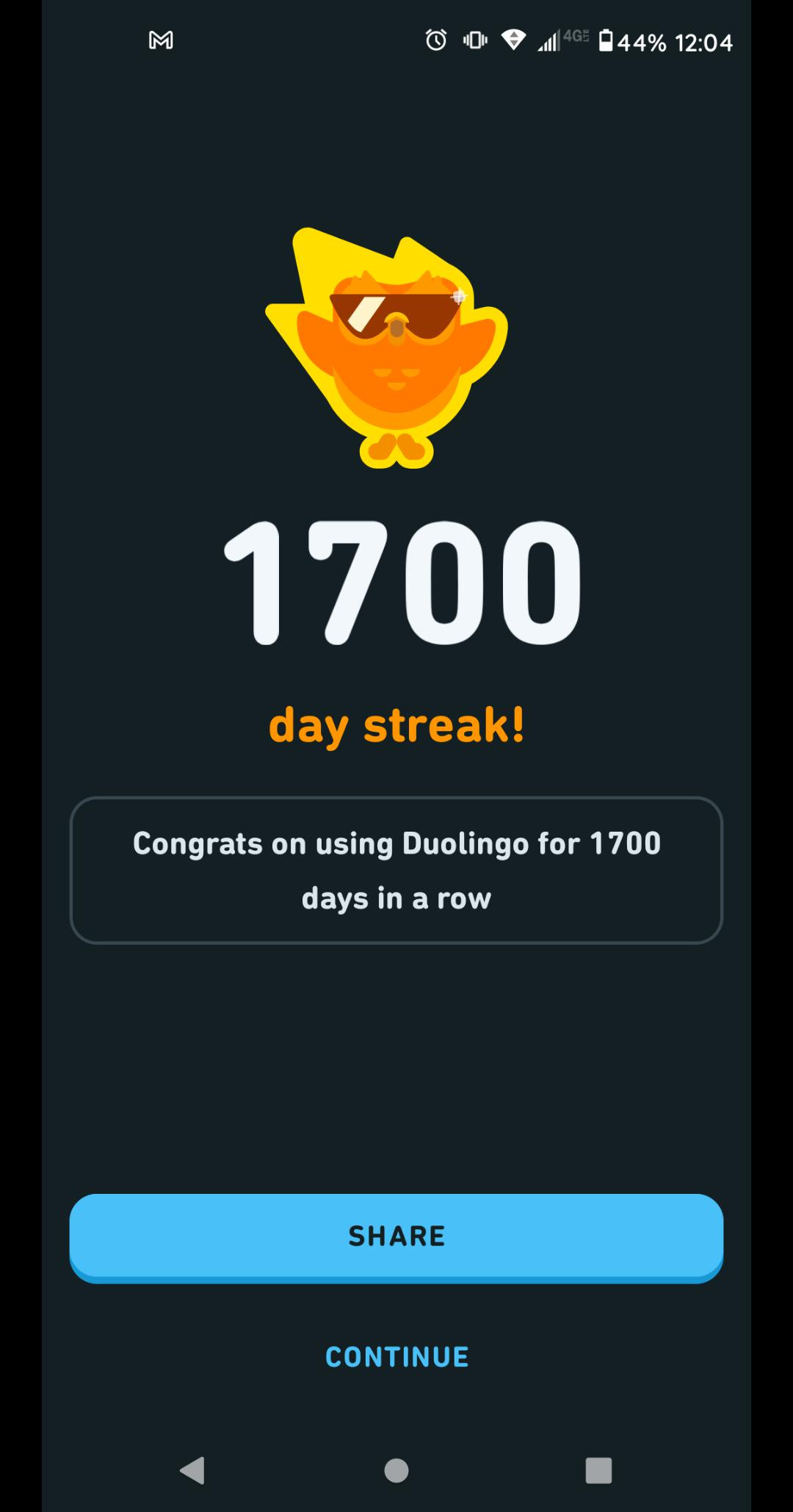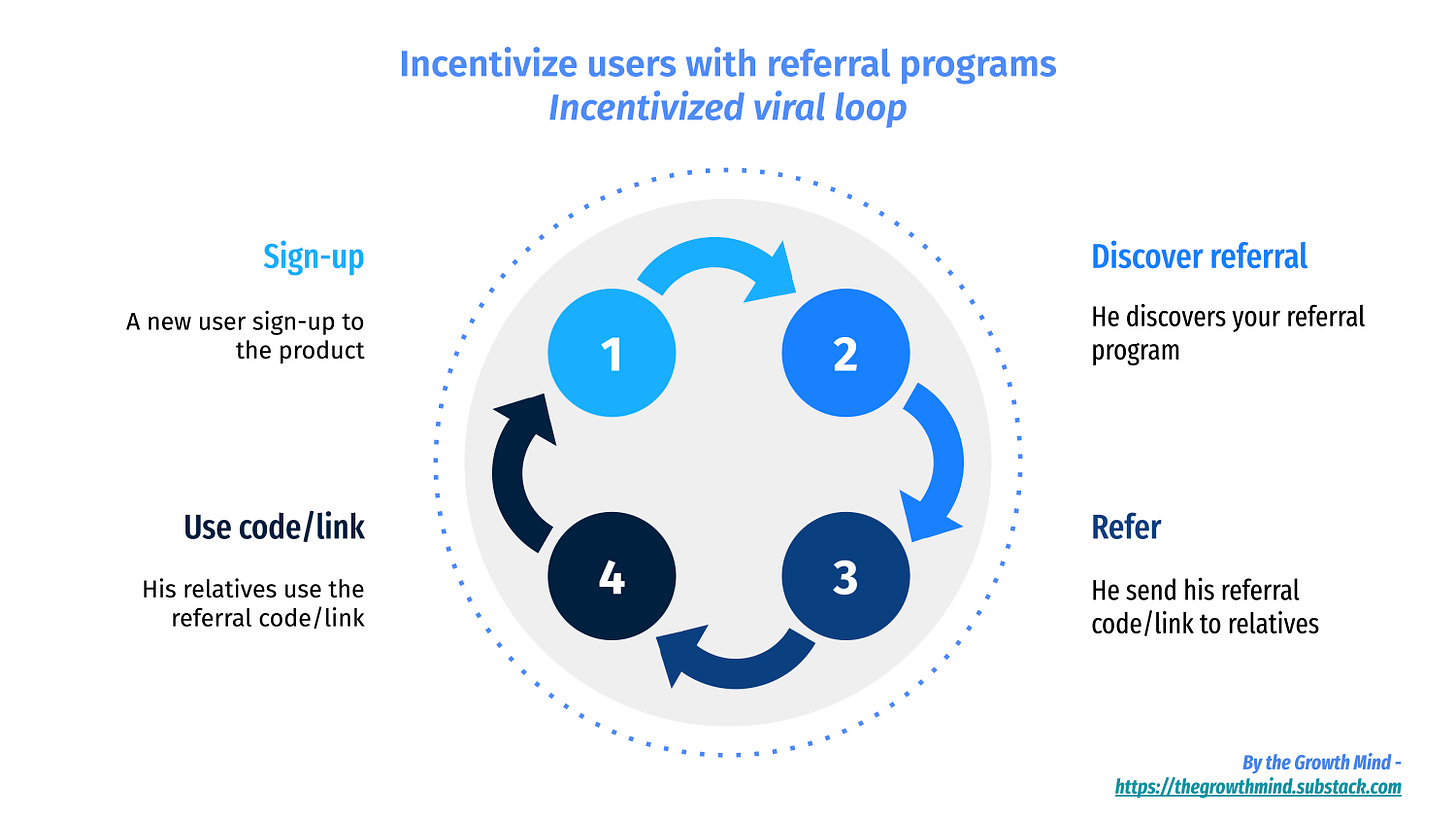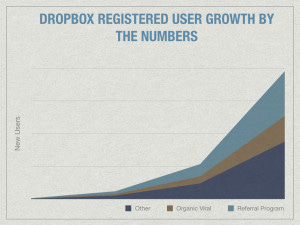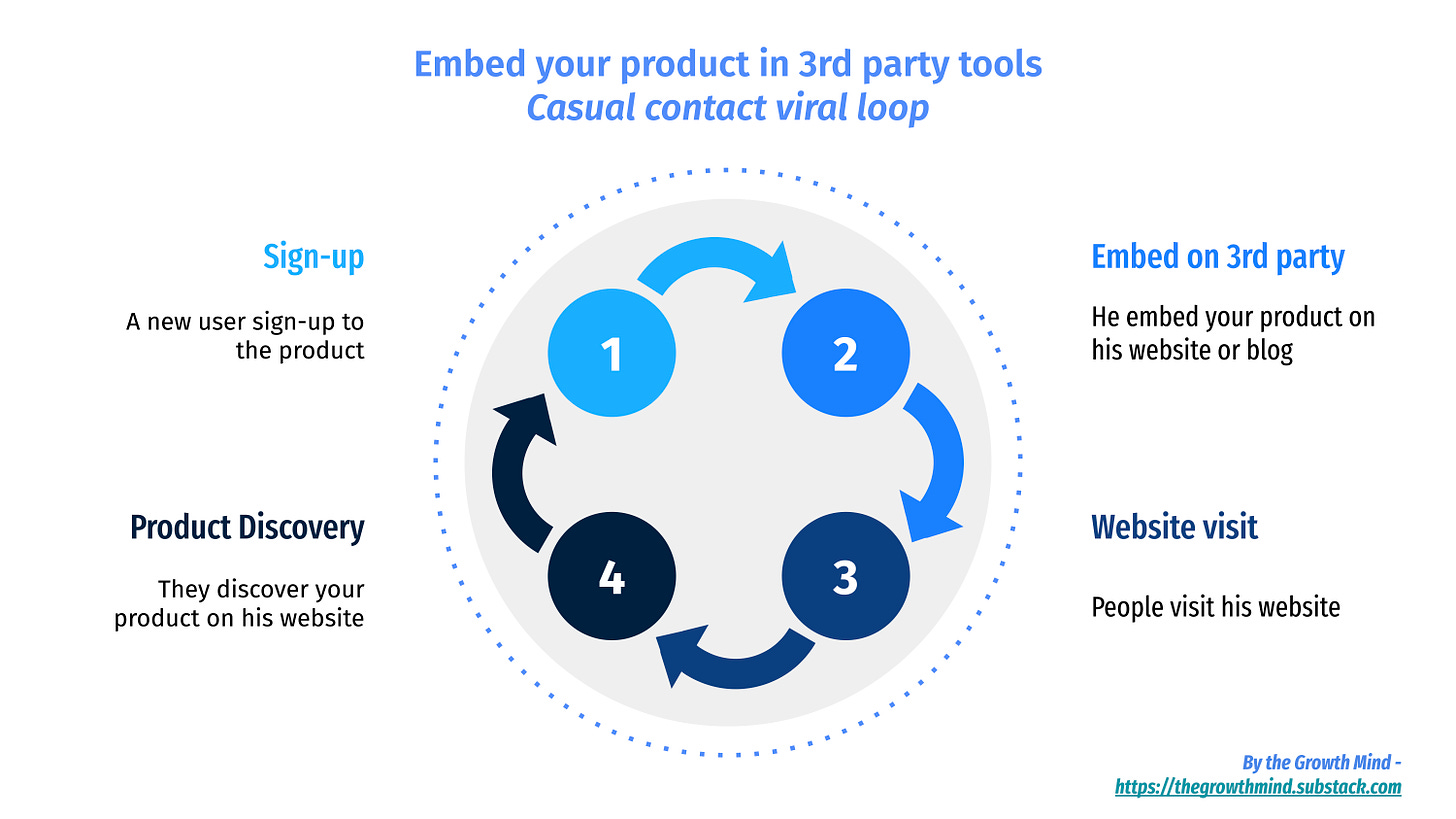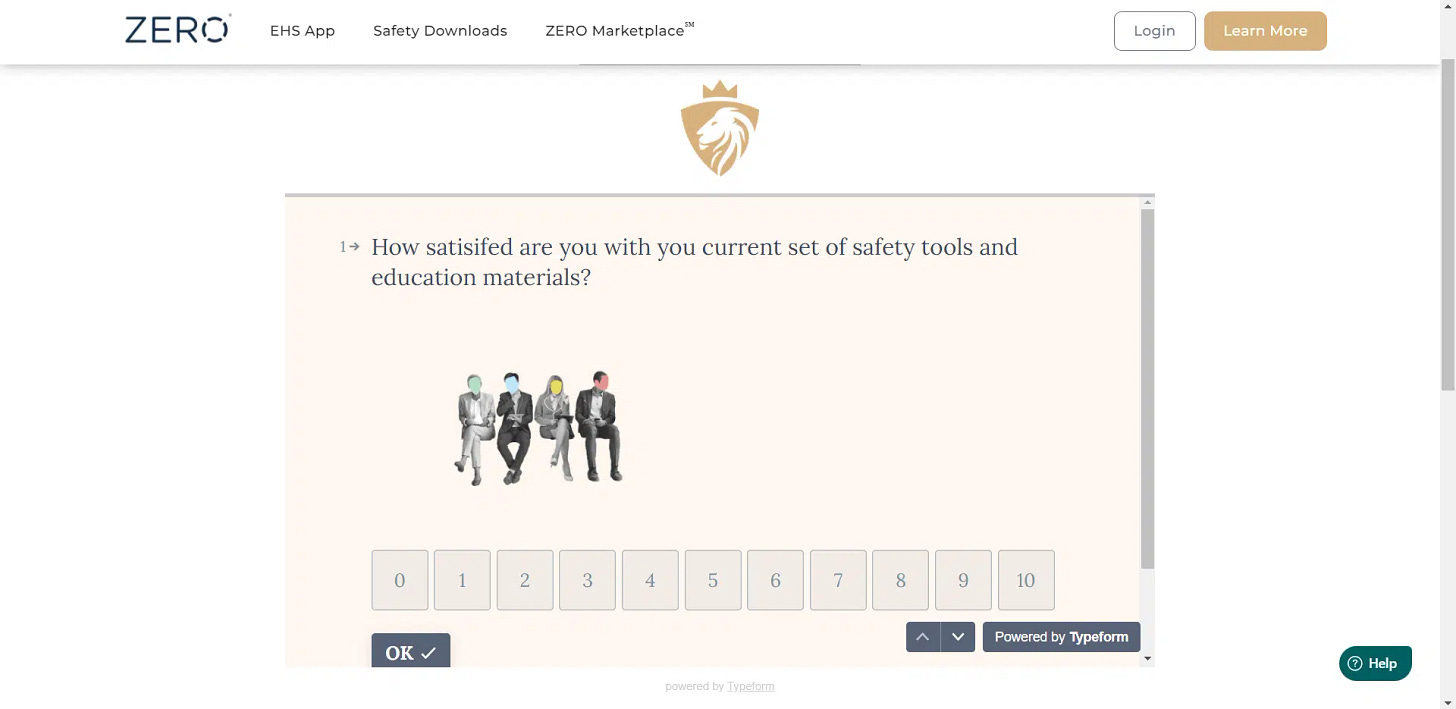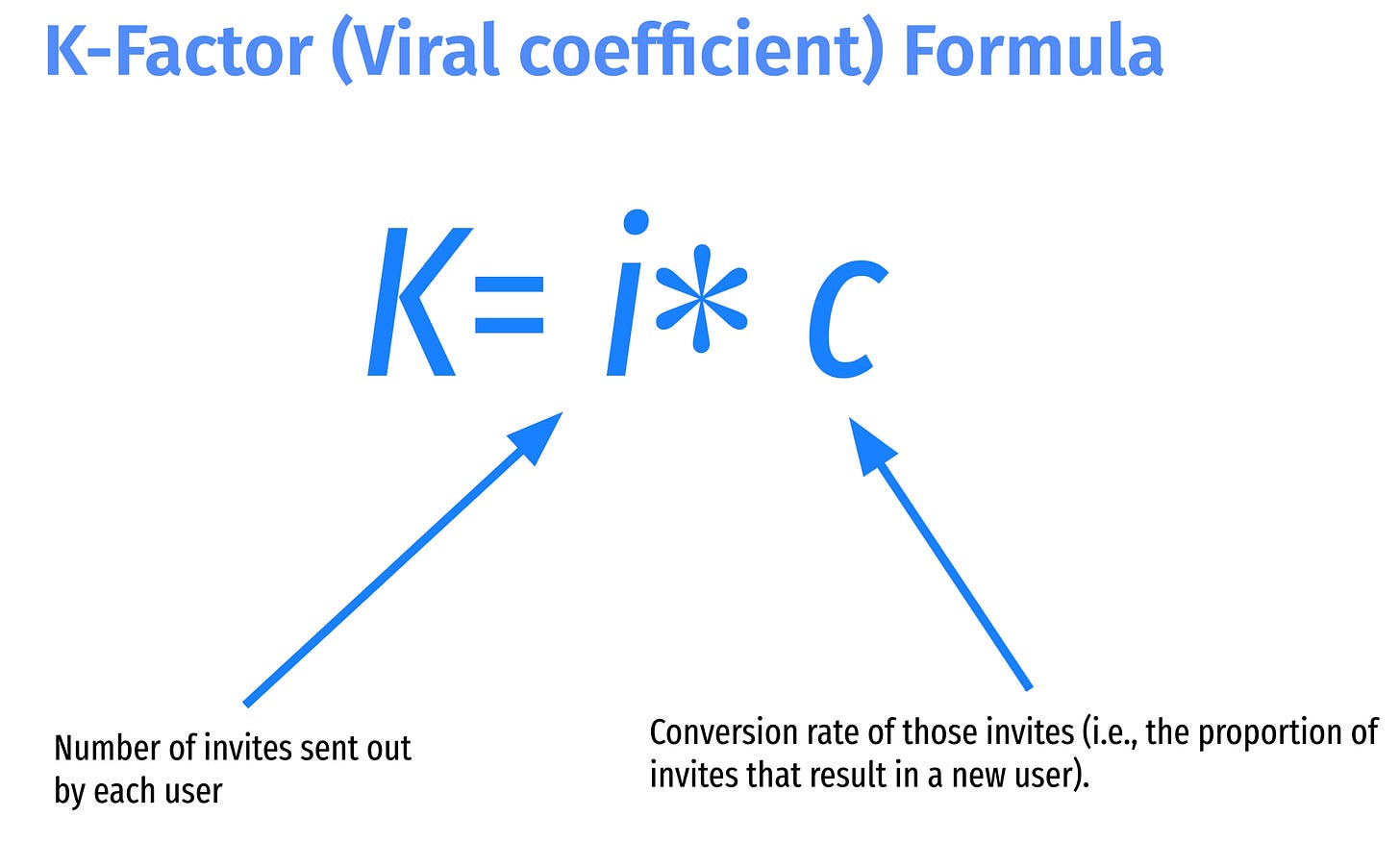👋 Hi there, it’s Pierre-Jean. Welcome to this new edition of The Growth Mind!
Every 2 weeks, I share Growth strategies & tactics, inspired by the world’s leading scale-ups.
One of the most powerful ways to grow a product is through virality.
Think about some of the best products you regularly use: most of them include viral loops in their growth strategies.
Either through organic virality like word of mouth, incentivized referral programs or social sharing features.
A company with an efficient viral loop can significantly outpace its competitors 👇

Why viral loops are powerful:
Cost-Efficient: They're often cheaper than paid marketing, reducing your CAC.
Scalable: After the initial setup, viral tactics grow with your user base.
Brand Exposure: Nothing beats users talking about your product.
Exponential Growth: As your user base expands, so does virality.
That’s why working on virality is so important.
🔊 3 Viral Loops to boost Growth + 9 examples
1# Help users share their achievements on social media - Organic viral loop
Encouraging users to share their achievements with your product on social media is a powerful tactic.
It directly puts your product in front of their followers, leading to a bunch of free impressions.
To motivate users to share achievements on social media:
Make them proud: Users need to achieve a performance they’re proud of with your product.
Trigger the share: Through an in or outside product communication.
Simplify the sharing process: A 1/2 clicks process to share on social media.
Real-life Examples 👀
Spotify year wrapped
Every year, Spotify provides all users a recap of their year, with the songs they listened to the most, the genres, and the type of listener they are.
Each time Spotify does it, we see a flood of publications, making Spotify highly visible during this period.
Strava activity sharing
Strava allows users to share their activities on their favorite social media.
As people love to share when they do a great sports performance, this is a powerful tactic to drive growth for Strava.
Duolingo streak sharing
Duolingo is recognized as a master of gamification. Their streak feature is one of the main features powering retention and engagement.
As for Strava, people are proud to share they’re currently on an impressive streak of learning a new language.
2# Incentivize users with referral programs - Incentivized viral loop
Referral programs are not new, but still an extremely efficient tactic to acquire new users thanks to your current user base.
The principle of referral programs is simple:
Users can share a referral code or link with their relatives.
When their relative signs up or performs an action in the product thanks to the referral, both the referrer and the referee are rewarded.
Real-life Examples 👀
Dropbox
One of the most efficient and famous referral programs of a tech company.
Between 2008 to 2010, Dropbox grew from 100,000 to 4,000,000 users. 35% of daily sign-ups came from their referral program. A lesson on how to kickstart virality thanks to a referral program.
Why did it worked so well?
Easy to share the link.
Both the referrer and the referee are incentivized.
The incentive, free storage, is related to the core value of Dropbox. Money is not always the best incentive.
Airbnb
Airbnb has a referral program targeting hosts.
The incentive is money (187€ for a new host referred), which is a pretty high amount, making the referral program attractive.
They use a simple link easily shareable, making the referral action frictionless.
Hotjar
The Hotjar referral program is quite classic, but I like it for two reasons:
The “Refer & Earn” tab is integrated when clicking on your profile picture, making it easily discoverable.
The 100$ incentive is strong.
This referral program is a good example of what can be done for a SaaS product.
3# Make your product embeddable - Casual contact viral loop
Embedding your product into other platforms can be a game-changer. The goal is to make your product omnipresent without appearing intrusive.
Real-life Examples 👀
YouTube video player
An iconic example of a frictionless embeddable player.
With a simple piece of code, everyone can embed a YouTube video on his website, blog or app.
A win-win move both for YouTube and the people who can embed videos on their platforms.
“Powered by“ Intercom widget
The “Powered by” widgets are now famous but still super efficient.
Users who don’t have a premium plan can’t remove the “Powered by Intercom” mention. So every user visiting their website sees the Intercom brand.
“Powered by” Typeform forms
A similar example of a “Powered by” embeddable product is typeform forms.
Free plan users, as for Intercom, can’t remove the powered by mention, giving free impressions to Typeform.
✖️ K-Factor: The Viral coefficient formula
The K-factor is a metric used to measure the virality of a product or campaign.
It represents the average number of new users that an existing user brings to a product or service. In essence, it quantifies the word-of-mouth spread.
A K-factor > 1 indicates each existing user, on average, helps you acquire more than one new user. It means exponential growth.
While the K-factor is a great metric, it has some obvious limits:
Tracking: It’s challenging to track all types of virality. Word-of-mouth, for example, is practically impossible to track.
Temporal Limitations: Virality can change over time.
External Factors: The K-factor doesn't account for external factors like marketing campaigns, press coverage, or seasonal variations.
So keep in mind that not everything will be measured with the K-factor, even if it’s a useful viral coefficient.
That’s all for today’s edition folks. Hope you liked it. See you in 2 weeks for the next one 👋
If you’d like to share feedback, feel free to reach out to me or comment directly on the article.




